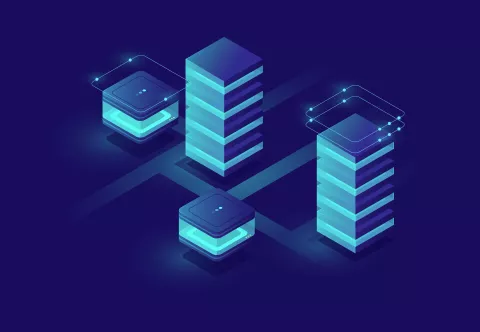Cloud infrastructure powers nearly every SaaS business today — offering scalability, speed, and flexibility that traditional hosting simply can’t match. But this convenience often comes with hidden costs that can spiral out of control without careful monitoring. Below are the key cloud cost categories every SaaS company should keep an eye on, along with strategies to optimize them.

1. Compute Costs (VMs, Containers, Serverless)
Your biggest cloud expense usually comes from compute — the virtual machines, containers, or serverless functions running your app.
- Hidden danger: Overprovisioning. Many teams reserve more CPU/RAM than needed “just in case.”
- What to do:
- Right-size instances based on performance metrics.
- Use autoscaling groups to adjust capacity dynamically.
- Consider serverless options for variable workloads to pay only for actual compute time.
2. Storage and Data Transfer
From user uploads to database backups, storage costs can add up fast — especially when combined with data egress fees.
- Hidden danger: Storing duplicate or unused data, and paying for high-frequency access tiers unnecessarily.
- What to do:
- Implement lifecycle policies to move old data to cheaper storage tiers.
- Compress assets and delete unused objects regularly.
- Monitor egress charges — moving data out of the cloud can be surprisingly expensive.
3. Database and Managed Services
Managed databases (RDS, Firestore, DynamoDB, etc.) are convenient but can silently drive up costs as you scale.
- Hidden danger: Paying for high I/O capacity or unused read replicas.
- What to do:
- Enable auto-scaling with sensible limits.
- Review query efficiency to minimize reads/writes.
- Use connection pooling and caching (Redis, Memcached) to offload frequent queries.
4. Networking and Content Delivery
APIs, CDNs, load balancers, and inter-region traffic all fall under networking — and these costs can grow exponentially with user base expansion.
- Hidden danger: Serving global users without an optimized CDN or caching strategy.
- What to do:
- Use CDNs to serve static assets closer to users.
- Optimize routes and cache layers to reduce API load.
- Track inter-region data transfer costs — they’re often overlooked but significant.
5. Monitoring, Logging, and Security Tools
Third-party monitoring and observability platforms (like Datadog, New Relic, or AWS CloudWatch) are essential — but can quickly become costly.
- Hidden danger: Logging everything.
- What to do:
- Limit log retention periods.
- Sample metrics instead of recording all data points.
- Audit and consolidate tools where possible.
6. Idle Resources and Orphaned Assets
One of the most common — and avoidable — sources of cloud waste is unused infrastructure.
- Hidden danger: Old snapshots, unattached volumes, idle dev environments.
- What to do:
- Run automated cleanup scripts weekly.
- Tag resources by project/team to identify ownership.
- Set up cost alerts for spikes or anomalies.
7. Licenses and Premium Add-Ons
Cloud providers often bundle premium features (like advanced AI APIs or proprietary analytics) that can be appealing — but not always necessary.
- Hidden danger: Paying for tools your team doesn’t fully use.
- What to do:
- Conduct quarterly audits of add-ons and licenses.
- Switch to open-source or usage-based alternatives where possible.
Conclusion
Managing cloud costs isn’t just about saving money — it’s about ensuring long-term scalability and financial predictability. A SaaS business that monitors its compute, storage, and data flow closely can reinvest savings into innovation rather than overhead.
Pro tip: Treat cloud cost optimization as a continuous process, not a one-time project. Automate where possible, review metrics monthly, and make cost-awareness part of your engineering culture.


